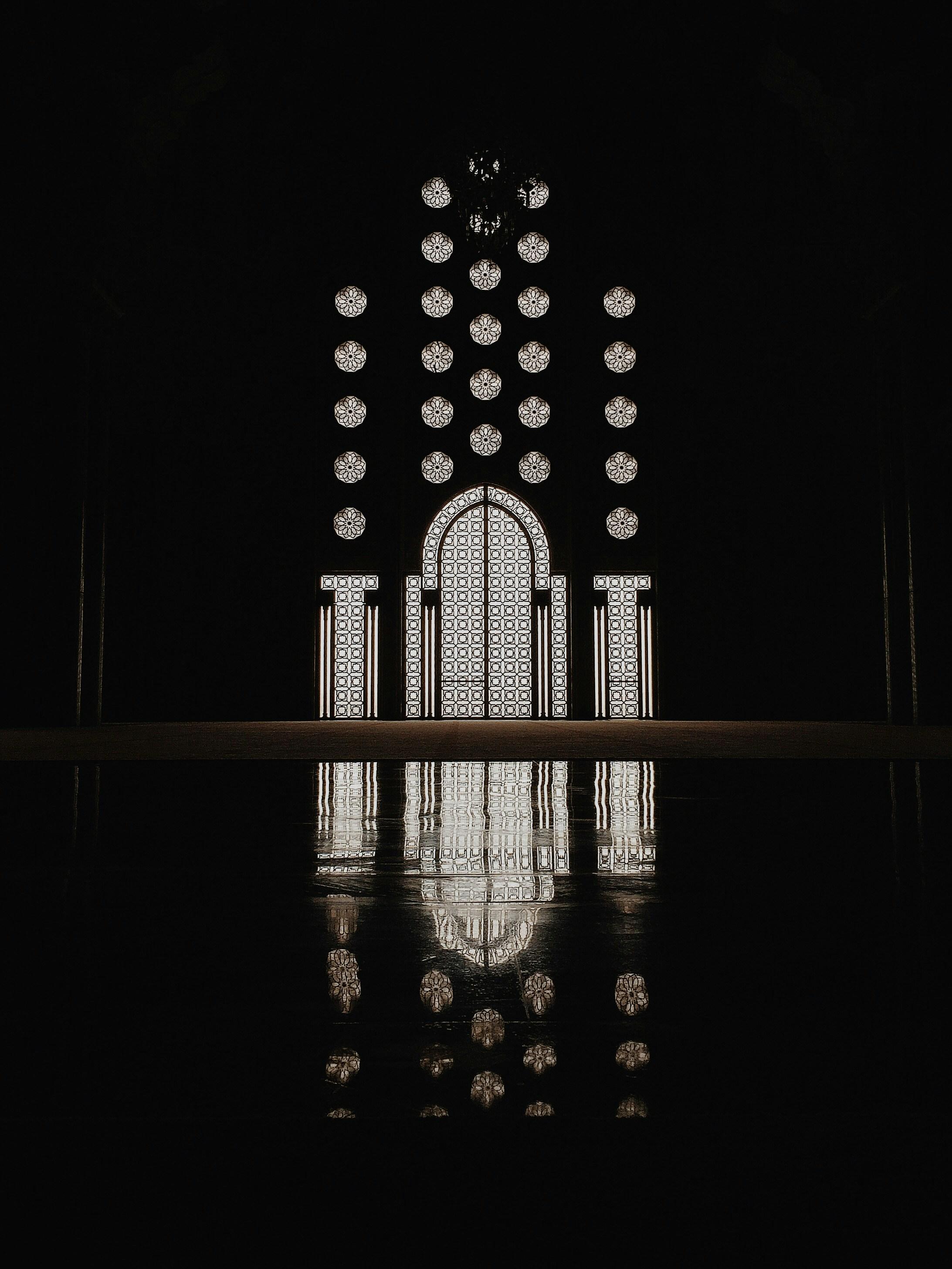In the ever-evolving landscape of cinema, where technological advancements and shifting cultural paradigms continuously reshape the film industry, certain films endure as timeless classics, transcending the boundaries of their era to resonate with successive generations. Among these enduring works, “Casablanca,” directed by Michael Curtiz and released in 1942, stands as a quintessential example of cinematic longevity. This film, set against the backdrop of World War II, not only captivated audiences of its time with its compelling narrative and charismatic performances but also continues to engage modern viewers, prompting an exploration into the elements that contribute to its enduring appeal. This article delves into the myriad reasons why “Casablanca” maintains its status as a timeless classic, examining its narrative structure, character development, thematic depth, and cultural impact, to understand the lasting legacy of this iconic film.
Impact of Historical Context and World War II Themes
The film ”Casablanca” serves as a cinematic tapestry, interwoven with the rich threads of historical context and the pressing themes of World War II. Set against the backdrop of a war-torn world, the movie is more than just a romantic drama; it is a reflection of the complexities and moral ambiguities faced by individuals during a time of global turmoil. Rick Blaine, portrayed by Humphrey Bogart, embodies the quintessential struggle of self-interest versus altruism, mirroring the broader ethical dilemmas of nations caught in the throes of war. This internal conflict resonates with audiences, offering a timeless exploration of duty, love, and sacrifice.
The impact of World War II themes is further accentuated through the film’s setting and narrative elements, which include:
- Political Intrigue: The tension between different nationalities and allegiances in Casablanca reflects the geopolitical complexities of the era.
- Exile and Displacement: The diverse cast of characters, each with their own stories of escape and survival, highlights the widespread human impact of the war.
- Resistance and Collaboration: The underground movements and secret alliances within the film underscore the resistance efforts against oppressive regimes.
These elements not only ground the story in its historical period but also allow ”Casablanca” to transcend its time, offering insights into the human condition that remain relevant today.

Innovative Cinematic Techniques and Storytelling
One of the most striking aspects of Casablanca is its use of innovative cinematic techniques that continue to captivate audiences. The film’s strategic use of lighting and shadow not only enhances the visual experience but also deepens the emotional complexity of its characters. Key scenes employ chiaroscuro to reflect the moral ambiguities faced by Rick Blaine and Ilsa Lund, creating a visual metaphor for their internal struggles. The film’s camera work, particularly its subtle yet deliberate framing, guides the viewer’s attention and adds layers to the narrative, effectively making the city of Casablanca itself a character within the story.
- Non-linear storytelling: The narrative structure, with its strategic use of flashbacks, allows for a rich backstory that enhances the emotional weight of the present-day events.
- Symbolic motifs: Objects like Rick’s café and the letters of transit serve as recurring symbols, each representing freedom, love, and sacrifice in different contexts.
- Character development: Through carefully crafted dialogue and interactions, the film explores themes of loyalty and redemption, ensuring each character is memorable and integral to the plot.
The combination of these techniques results in a film that is not only a product of its time but also a timeless exploration of human relationships and moral dilemmas. This innovative approach to storytelling has cemented Casablanca‘s place as a classic, influencing countless filmmakers and captivating audiences for generations.
Character Development and Iconic Performances
One of the key reasons “Casablanca” endures as a cinematic masterpiece is its exceptional character development and the iconic performances that bring these characters to life. At the heart of the film is Rick Blaine, portrayed by the incomparable Humphrey Bogart. Rick is a complex character, a man who conceals his deep-seated idealism beneath a veneer of cynicism and detachment. Bogart’s nuanced performance reveals Rick’s inner conflict and transformation, making him one of the most memorable characters in film history. Opposite him, Ingrid Bergman’s portrayal of Ilsa Lund adds layers of emotional depth and complexity, capturing the essence of a woman torn between love and duty.
- Rick Blaine: A multifaceted protagonist whose journey from apathy to action is both compelling and believable.
- Ilsa Lund: A character who embodies the themes of love and sacrifice, portrayed with grace and emotional depth by Ingrid Bergman.
- Victor Laszlo: Played by Paul Henreid, represents the unyielding spirit of resistance, serving as a catalyst for Rick’s transformation.
- Captain Louis Renault: Claude Rains delivers a performance that balances humor and moral ambiguity, adding layers to the film’s narrative.
These performances are not only iconic but also elevate the film’s narrative, making each character’s journey resonate with audiences across generations. The interplay between these richly drawn characters creates a tapestry of human experience that is both relatable and timeless, ensuring ”Casablanca” remains a touchstone in the world of cinema.

Enduring Cultural Influence and Legacy
The film’s enduring appeal can be attributed to its remarkable ability to capture the complex emotions and moral dilemmas faced by individuals during times of conflict. Casablanca is more than just a wartime romance; it is a profound exploration of themes such as love, sacrifice, and redemption. The narrative’s intricacy is matched by its iconic dialogues, which have woven themselves into the fabric of popular culture. Phrases like “Here’s looking at you, kid” and “We’ll always have Paris” have transcended the screen, becoming part of our collective consciousness.
- Universal Themes: The timeless nature of its themes resonates with audiences across generations.
- Iconic Characters: The complex portrayals by Humphrey Bogart and Ingrid Bergman offer a depth rarely seen in cinema.
- Memorable Soundtrack: The song “As Time Goes By” has become synonymous with nostalgia and longing.
Furthermore, Casablanca has left an indelible mark on the film industry, setting a benchmark for storytelling and character development. Its influence is evident in countless films that followed, as directors and writers continue to draw inspiration from its seamless blend of romance and political intrigue. The film’s ability to evoke a sense of place and time, coupled with its moral complexity, ensures that it remains a subject of academic study and admiration within cinematic circles. In an era where trends come and go, the film’s legacy endures, testament to its status as a true classic.
